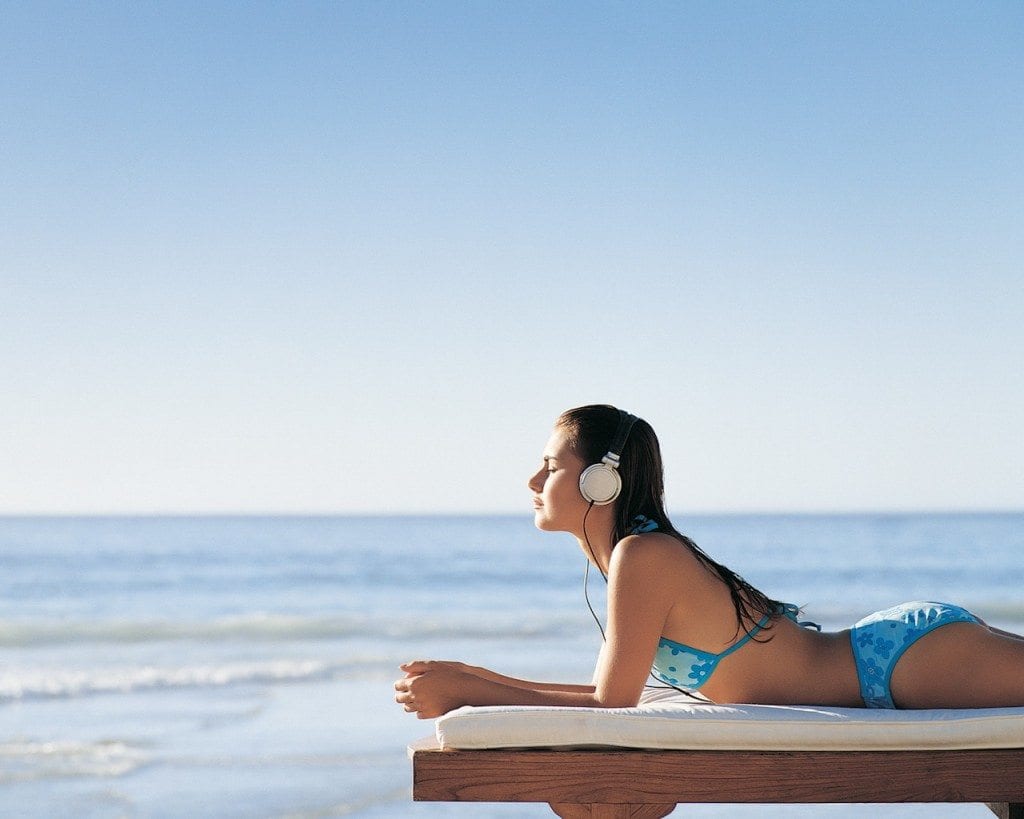The sun is hot and temperatures are high. Dehydration can occur quickly and be very dangerous both internally and externally. Dehydration is when the body loses water and electrolytes and cannot function properly. Many regular outdoor activities (running, golf, even the pool) can lead to dehydration during the summer months and nothing does more for thirsty skin than hydration. Stay hydrated internally by drinking enough fluids, especially water, and eating foods with high water content and incorporate hyaluronic acid into your skin regimen. Hyaluronic acid holds up to 100x its weight in water (i.e. keeping skin plump, hydrated and youthful-looking). Skin is left supple and hydrated.

photo by @rachels.fit.kitchen
Dr. G’s tip: “Add a pinch of sea salt to your water. Sea salt contains over 80 essential nutrients our bodies crave. This water will keep you hydrated longer as the minerals will hold water in the body longer.”
Foods to eat to increase hydration:
- Leafy greens
- Watermelon
- All berries
- Lettuce
- Raw spinach
- Tomato sauce
- Bell peppers
- Cucumbers
- Pineapple
- Coconut water-potassium, electrolytes
- Bananas-potassium
- Add sea salt to your water
Infuse hydration and replenish your skin:
- Brighten. Hydrate. Protect. Vital Boost “Even Skintone Daily Moisturizer”
- Hydrate. Repair. Rejuvenate. Fleuressence “Native Botanical Cell Oil”
- Replenish. Plump. Repair. Wake Up Call “Overnight Regenerative Facial Treatment”
- Firm. Hydrate. Detoxify. Plant Profusion “Regenerative Night Cream”


